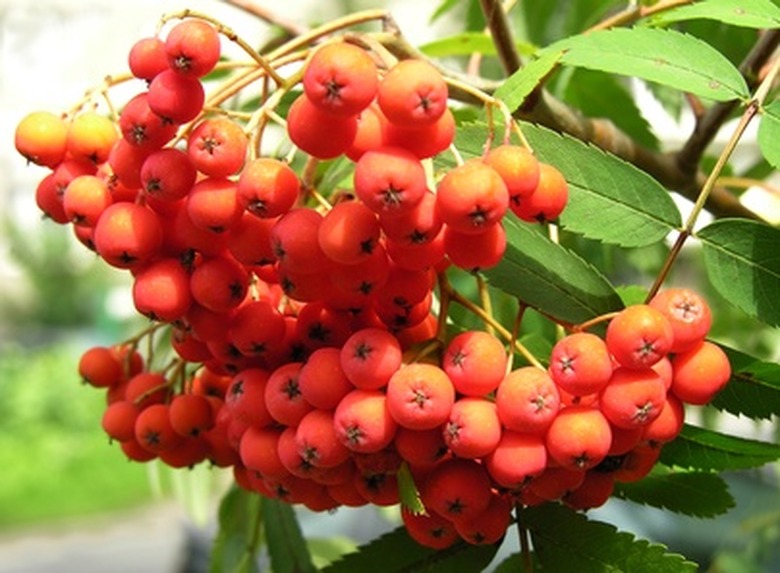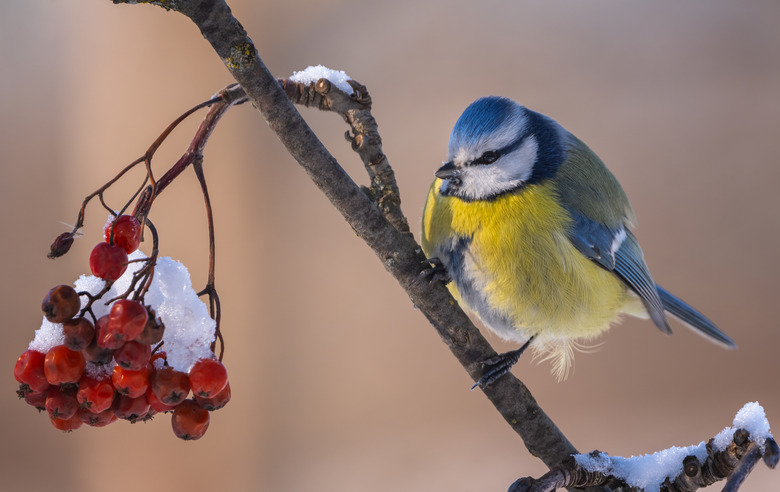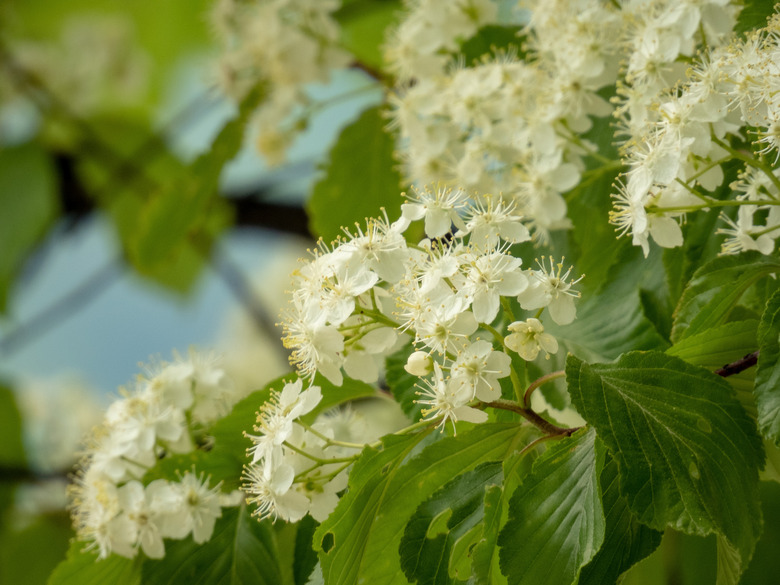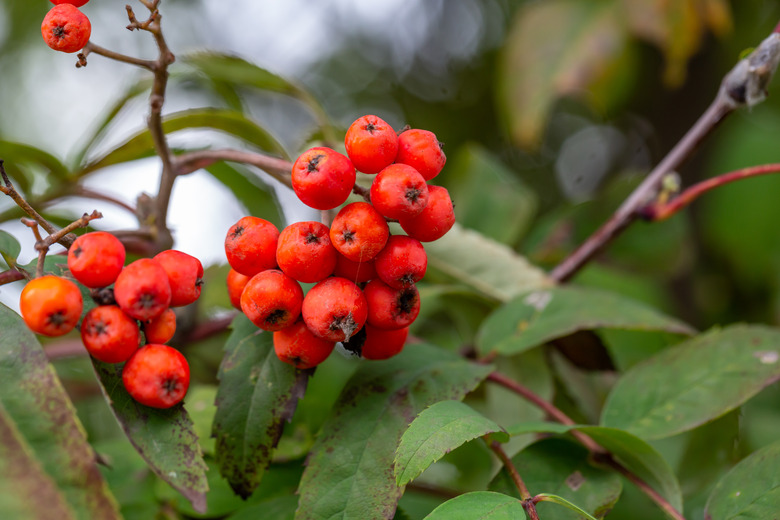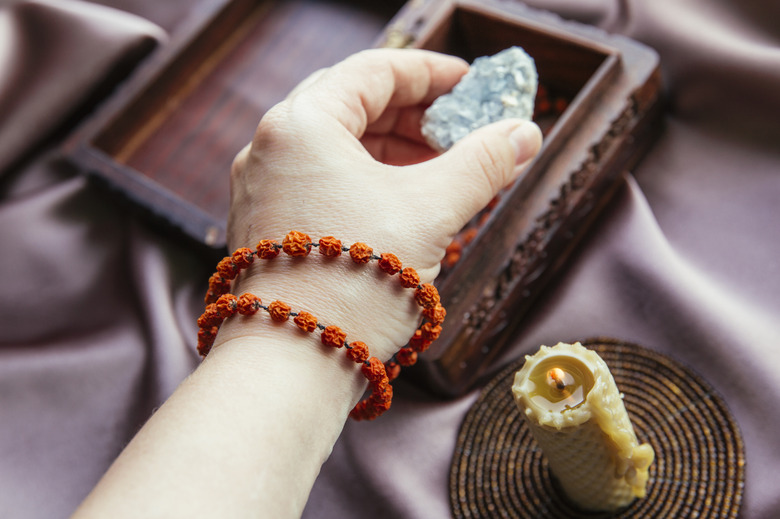Rowan Trees: Interesting Facts And Growing Guide
Also known as quickbeam, the rowan tree (Sorbus aucuparia) stands out among other small landscaping trees with its graceful growth habit and showy red berries, which make it an eye-catching addition to gardens within USDA plant hardiness zones 3a to 7a.
Gardeners may mostly be concerned with how to grow this heat-sensitive species, but there is so much more to learn about the rowan tree.
Facts about the rowan tree can be grouped into a few different categories, including its use in the garden, its botanical traits and even its cultural and practical significance to the Celtic people of Scotland and Ireland, as well as people across northern Europe.
Botanical Facts About Rowan Trees
Learning botanical facts about the rowan tree will help you tell the difference between it and the American mountain ash (Sorbus americana), which also grows in USDA plant hardiness zones 3a to 7a.
About Rowan Trees
Rowan trees belong to the rose family, Rosaceae. They are small deciduous trees that rarely surpass 40 feet in height. They have a narrow, oval-shaped crown when young, but rowan branches tend to open up as the tree ages, taking on a cup-like shape as they mature.
The foliage of rowan trees is pinnate and is composed of many narrow, lance-shaped leaflets along a central stem. Each rowan leaf starts out green in spring and turns a brilliant reddish color in autumn.
Masses of creamy white flowers emerge on rowan trees in spring. The flowers are dainty in appearance and have an unpleasant scent. Pollinated rowan flowers develop into clusters of small red berries in late summer and autumn.
Rowan trees can grow at altitudes as high as 6,600 feet, but they also grow in valleys and fields or along fast-flowing rivers.
Tip
Rowan trees are a relative of the hawthorn (Crataegus spp.), which grows in USDA zones 3 to 8.
Rowan Trees vs. American Mountain Ash Trees
Rowan trees are also known as European ash trees. They share many commonalities with the American ash tree but also several differences.
Rowan Trees
* Smooth leaves, stalks and buds
- Leaflets with long, delicately toothed, pointed tips
- Fast growth rate
- Scarlet-red berries
- Tree-like in shape
American Mountain Ash Trees
* Hairy leaves, stalks and winter buds
- Leaflets are smaller and more coarse with blunt tips
- Medium growth rate
- Bright orange or orange-red berries
- More shrublike in shape
Gardening: How to Grow and Care for Rowan Trees
Stressed-out rowan trees are far more susceptible to fire blight, cankers and other problems, so knowing the facts about where to plant them is key to successfully growing them in the garden.
Rowan trees will not tolerate heat and humidity, so they do not grow well in zones warmer than USDA zone 6. Gardeners in cooler areas have the best luck growing rowan trees, but they are sensitive to their surroundings, even in the right climate.
- Grow rowan trees in loose, acidic soil with good drainage. Rowan trees do not tolerate compacted soil.
- Choose a spot with full sun in cooler areas and light shade in the warmer end of their USDA zone range.
- Avoid planting rowan trees in boggy locations.
Rowan Tree Care
Rowan trees need little care once established. Provide 1 inch of water each week during their first summer in the garden. Established rowan trees need only occasional watering during periods of extreme heat or prolonged drought.
A 2- to 3-inch-thick layer of mulch spread over the root zone of a rowan tree will help keep the roots moist; just make sure that the mulch doesn't rest against the base of the trunk. Using well-rotted manure compost as mulch will protect the roots and provide nutrients throughout the growing season.
Other Facts About Rowan Trees
Rowan trees hold cultural and historical significance to people throughout northern Europe, from Scotland to Scandinavia.
Cultural Beliefs About Rowan Trees
One long-held belief about the rowan tree is that the red berries protect a person against witches and other malevolent forces. For that reason, it was popular practice among the people of Ireland and the Highlands of Scotland as well as the Welsh people to plant these trees near a gate or door to keep away evil spirits. In Gaelic-speaking areas, rowan trees are known as "the lady of the mountain" or the "witch tree."
Rowan wood is also spiritually protective. Rowan twigs are used to produce small charms to scare away witches. Crossing two rowan twigs and binding the cross with red thread will keep away witches when hung above a door or bed.
Rowan berries are often used to produce charms that protect against witches. The berries are dried and strung on white or red thread and are then worn around the wrist or neck like beads.
Practical Importance of Rowan Trees
Rowan trees also had practical significance to the Scottish and other northern European people. The small red berries are high in vitamin C and were consumed as a medicinal plant throughout their native range.
Rowan, or ash, wood is strong and doesn't splinter easily, so it was a prized choice for creating tool handles. Its slight flexibility gives it good shock absorption, so it is an especially good choice for ax handles. Rowan wood is light in color, although it is often stained a darker color to bring out its grain.
Warning
Cutting down rowan trees was one of the common pre-modern taboos of the British Isles.
